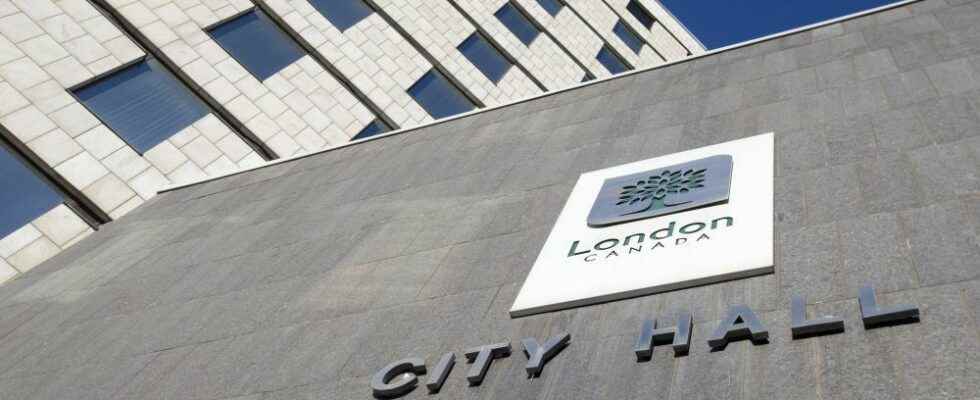The fallout of “horse trading” with a developer in northwest London last year is starting to surface at city hall, one city politician said Monday.

The fallout of “horse trading” with a developer in northwest London last year is starting to surface at city hall, one city politician said Monday.
This advertisement has not loaded yet, but your article continues below.
The deal city council struck with Auburn Developments in 2021 re-emerged Monday night at council’s planning committee, as politicians reviewed a request to drop 2631 Hyde Park Rd. and 1521 Sunningdale Rd. W. from London’s registry of heritage properties.
The 51-acre (21-hectare) site in fast-growing northwest London was originally planned for a cemetery, and a provincial tribunal later forced London to include it within its urban growth boundary that marks development-ready land across the city, before it was purchased by Auburn. With the cemetery plans off the table and new homes planned instead, a neighbor came calling for the same rights to build on the edge of the city.
“We just saw. . . exactly the kind of problems — I’ll say it — the horse trading created. Now we see a very large ‘me too’ question: How come we can’t develop when they can?” Ward 11 Coun. Stephen Turner said Monday after public speakers weighed in on the Auburn proposal.
“This ends up being, it does, an end run around how we calculate the urban growth boundary and the amount of lands that are developable within it,” he added.
Turner was echoing the “horse trading” comment of former mayoral candidate Mohamed Moussa, who spoke during the public meeting. The phrase earned him a rebuke from planning committee chair, Ward 9 Coun. Anna Hopkins.
Hopkins and Turner opposed dropping Auburn’s land from the heritage registry, but councilors Steve Hillier, Steve Lehman and Shawn Lewis voted in favour. City council will make the final call at its next meeting on March 22.
This advertisement has not loaded yet, but your article continues below.
All cemeteries are on the heritage registry because of their possible connections to history, and while removing the registration doesn’t give approval to start building, it is a precursor to development. City staff said they expect to bring Auburn’s application to the planning committee within weeks.
Lewis urged his colleagues to decide on the request based on the property’s heritage value, not related fears about urban sprawl, setting a previous or neighbours’ requests.
“To speculate on what it might be in the future, or what other applicants might come forward with on their adjacent properties or neighboring properties in the area is not the basis for refusing a delisting of a heritage property,” he said, noting both city staff and council’s heritage advisory committee signed off on dropping the label.
The property includes cultivated fields and a small pond, according to the staff report.
Still, Monday’s debate and public speakers signaled the kind of requests some on city council feared when the arrangement was crafted.
Deputy mayor Josh Morgan brought the proposal to his colleagues last year as a possible solution to overcrowding at Sir Arthur Currie elementary school. In exchange for consideration of the former cemetery property, Auburn offered land in one of its nearby subdivisions for a new school. The Thames Valley District school board said it’s eager to build in the area, but couldn’t find an open location.
This advertisement has not loaded yet, but your article continues below.
The three-way swap was approved in a tight 7-6 vote at council. Councilors Hillier, Hopkins, Turner, Maureen Cassidy, Jesse Helmer and Elizabeth Peloza voted against the deal. Councilors Mo Salih and former councilor Arielle Kayabaga were absent. All others were in favour.
Ali Jomaa, representing owners of a next-door lot at 1431 Sunningdale Rd. W., on Monday urged politicians to consider bringing that property inside the urban growth boundary, too, a request he said has been stymied for years.
“London, while limiting access to serviced land available within the city limits, has impacted the growth of the city, as well as the increased revenues that help the city’s growth by slowing the progress of development within city limits,” Jomaa said.
“Include the whole block of land that runs east. . . in removing the property from the register of cultural heritage resources,” he urged.
Builders are raising the alarm about a short supply of land that can be developed in north and west London. Studies needed to revise the urban growth boundary are expected to be completed in 2023 and 2024, staff said.
